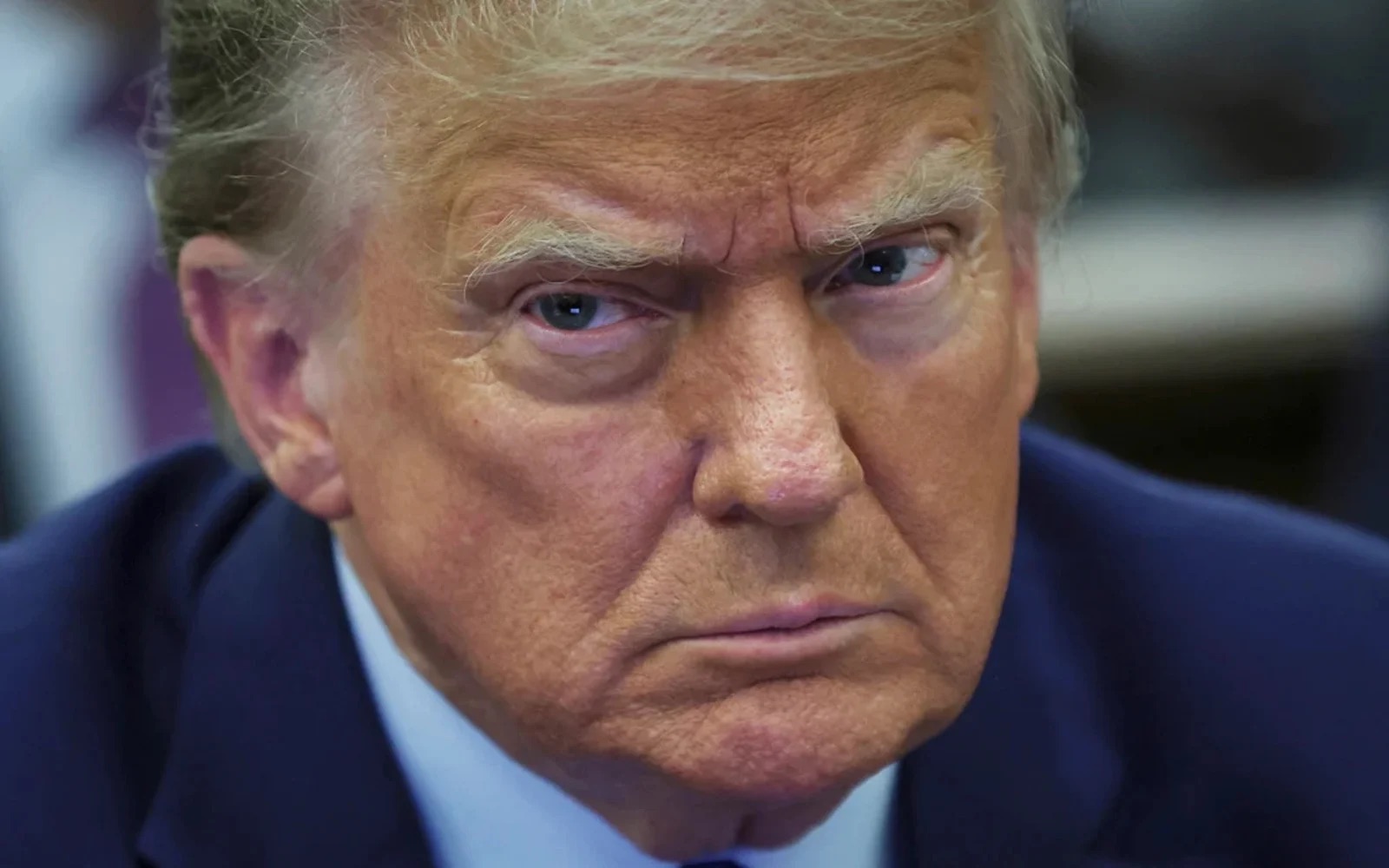
China’s role in global trade has shifted significantly. In recent years, on a regional basis, Southeast Asia has surpassed it to become the largest trading partner. This shift has implications for China’s economic strategies and its international relationships, particularly with the United States, which remains China’s largest trading partner on a single-country basis.
First, on Thursday, China’s Ministry of Commerce responded to these developments. He Yadong, the Ministry’s spokesperson, emphasized the Government’s determination to increase domestic consumption. He mentioned the ongoing partnerships with industries to repurpose goods that were once intended for export. He delivered these remarks in Mandarin, which were later translated by CNBC.
He Yadong stated, “At present there are absolutely no negotiations on the economy and trade between China and the U.S.” This announcement comes at a time of increasing strains between the two countries. As a result, many Wall Street banks have in recent months revised down their forecasts for China’s GDP. To analysts, this shift has been caused primarily by the ongoing tariffs and the growing trade war with the United States.
Possible Thaw in U.S.-China Relations
U.S. President Donald Trump has floated a possible thaw in U.S.-China relations. This would represent an important change in the bilateral dynamic between the two countries. Treasury Secretary Scott Bessent has made similar statements, showing an openness on the administration’s part to address trade-related issues. Whatever the level of dialogue, He Yadong stressed that it would need to be premised on Beijing being seen as a partner of equal standing in any talks.
He Yadong added that if the U.S. is sincere in trying to resolve the issue, then it should cancel all unilateral moves taken against China. He echoed China’s message, insisting that cooperation should never come at the expense of its sovereignty.
The overall economic climate is changing quickly. As this recent shift has been a result of both ongoing trade tensions and recent trends in China’s export and import flows. As official data confirmed, China’s exports exploded by more than 12% y-o-y in March. In the meantime, its imports have steadily dropped. In this context, this creates a very twisted dilemma for the Chinese economy as it tries to juggle intensified internal and external pressures.
Geopolitical Factors Affecting Trade
On top of these economic challenges, analysts have their eyes peeled on how geopolitical factors are impacting the trade landscape. Kurt Campbell, who has closely followed U.S.-China relations, has urged President Trump to “back off” from what he describes as overheated rhetoric that could exacerbate tensions further.
The shifting dynamics in global trade, particularly the rise of Southeast Asia over China, could mark a pivotal moment in the international economy. As China continues to grapple with both internal and external pressures, its approach to these challenges will define its future role in global trade. Whether or not a true diplomatic thaw between China and the U.S. materializes will have far-reaching implications for the world’s largest economies.
Author’s Opinion
The evolving global trade dynamics highlight the increasing challenges China faces, particularly with Southeast Asia surpassing it as a regional trading partner. While China’s pivot to domestic consumption could help mitigate some of these pressures, the ongoing trade tensions with the U.S. will remain a significant obstacle. How China navigates these challenges, particularly its relationship with the U.S., will not only shape its future trade policies but also influence broader geopolitical and economic trends across the globe.
Featured image credit: FMT
Follow us for more breaking news on DMR
